In the gentle morning sunshine of the Xiengkhouang mountains, we sat by the fire with Mr. Buavanh Oudomsuk, 66 years old, a famous Lao panpipe artist from Pungmane village, Phoukout district.
He gently held the newly completed flute and blew a familiar melody, " Love of Laos and Vietnam, " a song symbolizing the close-knit relationship between the two brotherly peoples of Vietnam and Laos.
The sound of the panpipes rises, at first as light as a breeze, then gradually resonates, deepening as if telling a story filled with the strong friendship between the two peoples of Vietnam and Laos, praising the deep, loyal bond, together overcoming thousands of obstacles in war as well as in peacetime , building and developing the country.
Mr. Buavanh said that no one knows exactly when the Lao panpipes originated, but they only know that they have become deeply ingrained in the lives of the people here, from weddings, festivals, village festivals to art stages. Each sound from the panpipes is like an invisible thread, connecting people together, connecting the present with the past, connecting the soul with the vast nature.
In 2017, UNESCO recognized the “Lao Khen Sound” as an Intangible Cultural Heritage of Humanity and for ordinary people like Mr. Buavanh, the Khen sound is always a part of their flesh and blood, a voice raised from rough hands, from a heart filled with love for identity, but few people know that to create such a seemingly simple musical instrument is a laborious and dedicated process.
Mr. Buavanh said that to make a khen, one must first know how to play the khen. If one cannot play, how can one know where its soul lies? His voice is deep and warm, his eyes distant as if he is returning to his youth.
At the age of 12, the boy Buavanh first heard the sound of a Khen coming from an old transistor radio. He was so fascinated that he learned to play each melody without anyone teaching him. At the age of 17, he packed his bags and went to find an artisan to learn the craft of making Khen, studying for three years, from how to choose bamboo, to chiseling, carving patterns... At that time, there were no schools, everything was heard by the ears, seen by the eyes and felt by the heart. Khen was not something made to be played, but in each Khen was a whole life, a whole soul.
Mr. Buavanh said that the Lao Khen is a wind instrument, consisting of many bamboo tubes joined together in pairs, passing through a wooden gourd. The most common Khen are Khen 7 and Khen 8, corresponding to 7 or 8 pairs of bamboo tubes arranged from low to high.
Under the eaves of the stilt house, Mr. Buavanh sits piecing together bamboo tubes. The panpipe seems simple at first glance, but it requires meticulous attention to detail. The bamboo tubes must be carefully selected, straight and even, not too old or too young. The tubes are heated over a fire to straighten them, then an iron awl is used to chisel out the joints.
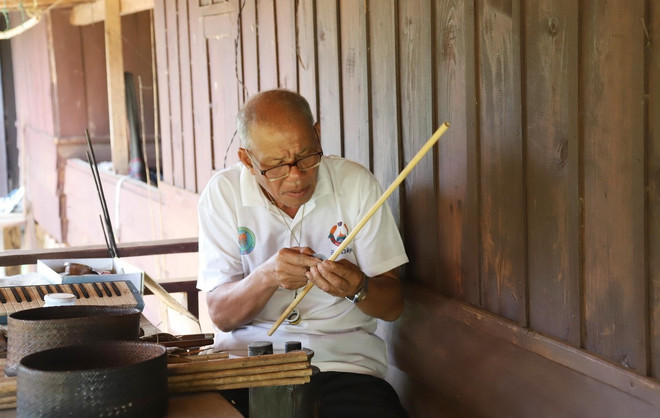
The reed is made of wood and must be crack- and termite-resistant. The reed is the “heart” of the reed, made of thin copper foil and must be cut, ground and bent to the correct standard to create a deep and moving sound.
Despite his advanced age, Mr. Buavanh’s passion for the sound of the flute has not faded. He makes 1-2 flutes a week, and if there are any orders, he will make more. In addition, he also engraves his phone number on the body of the flute so that anyone who needs to order can call. If no one orders, he plays it for fun, as long as he can still breathe and hear the sound of the flute, he will continue to make it.
Mr. Buavanh currently has four students, each of whom knows how to play and make a khen. His greatest joy is when the sounds of the mountains and forests are not forgotten, when young people still know how to appreciate the past.
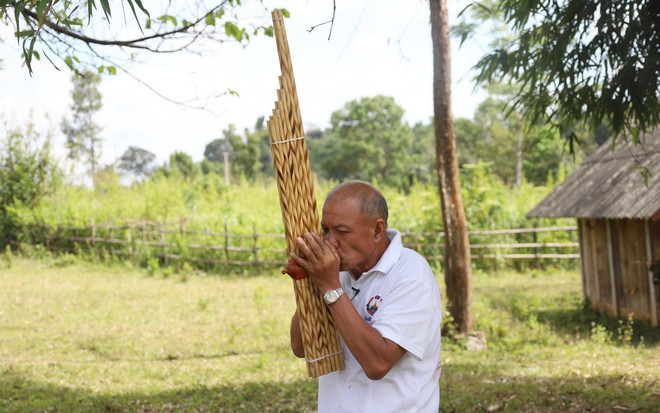
Mr. Buavanh shared that at first he made the panpipes just to play for his friends to dance and sing, but later he realized that the panpipes could support him.
“I sell this one for 2 million kip (nearly 93 USD) because it has good patterns and a good copper reed. A 7-stringed panpipe is about 1 million kip, but profit is not as important as the sound of the panpipe being heard somewhere,” said Mr. Buavanh.
In the middle of the Xiengkhouang mountains and forests, Mr. Buavanh's Khen sounds, blending into the vast space like a friendly invitation, like a source of folk music that never dries up. Perhaps that is why everyone who hears the Khen feels their hearts soften, wanting to get closer, as if they have known each other for a long time.
The sound of the Lao panpipe is not only music but also the soul of the Lao people of all ethnic groups and is also the whisper of heaven and earth, the breath of the Lao people for generations./.
Source: https://www.vietnamplus.vn/tieng-khen-lao-thanh-am-ket-noi-tam-hon-voi-thien-nhien-hien-tai-voi-qua-khu-post1046338.vnp




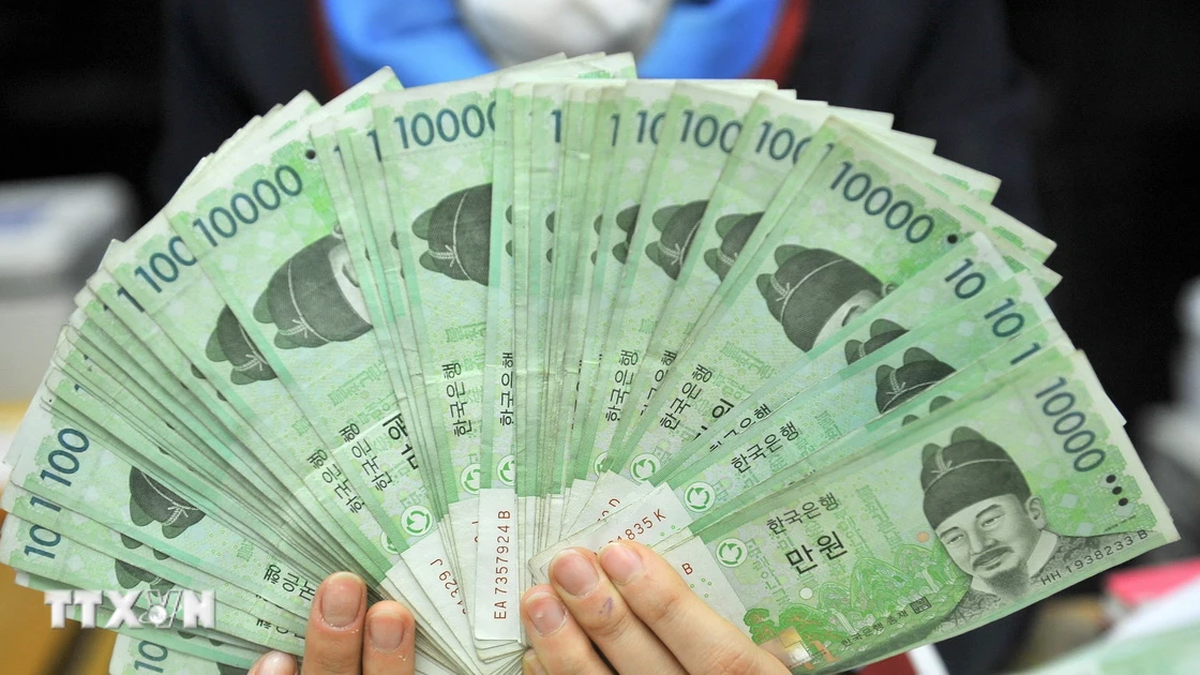






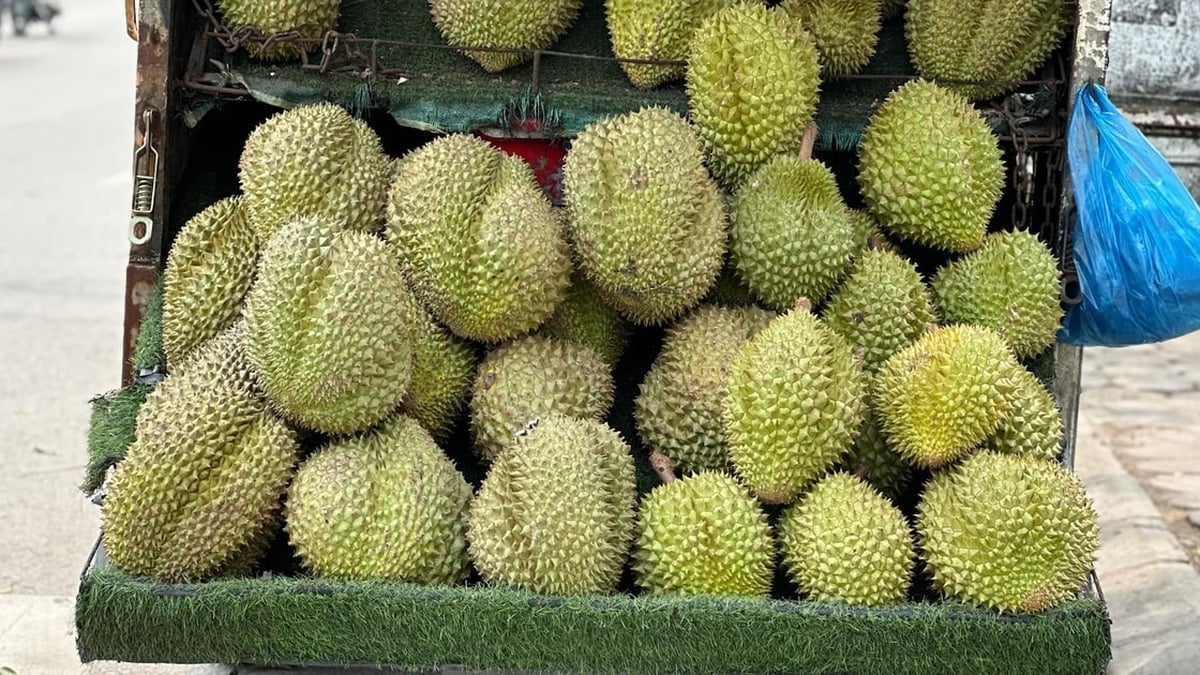



































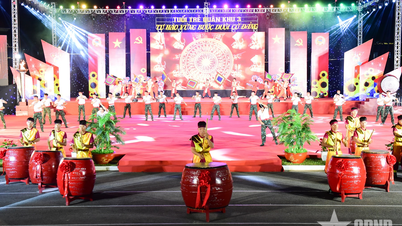



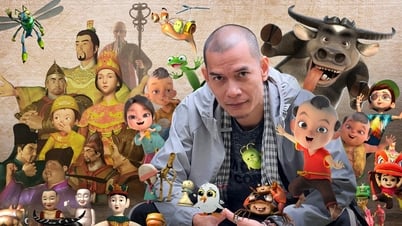














































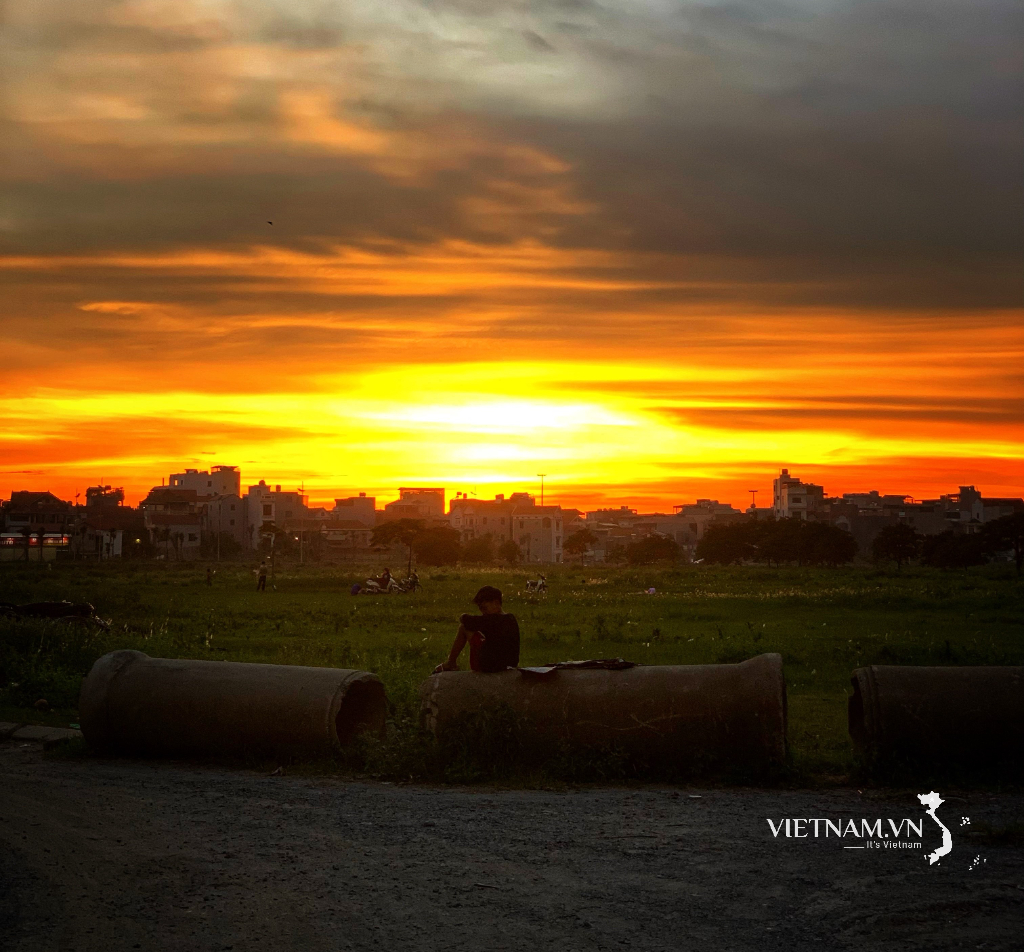

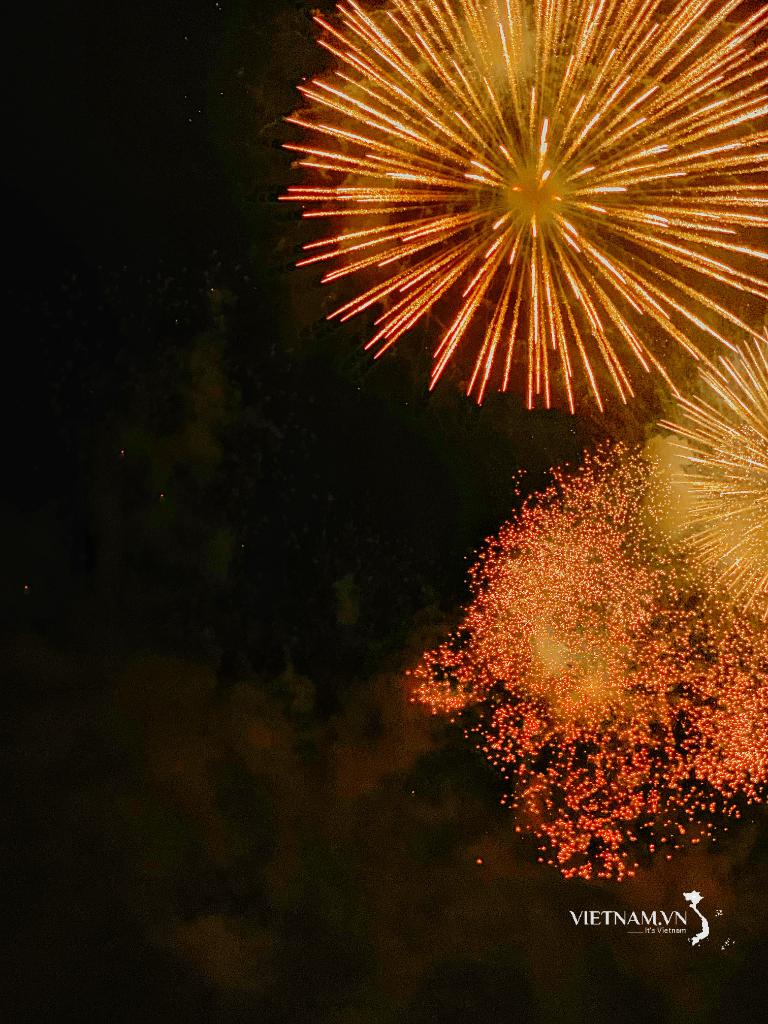

Comment (0)